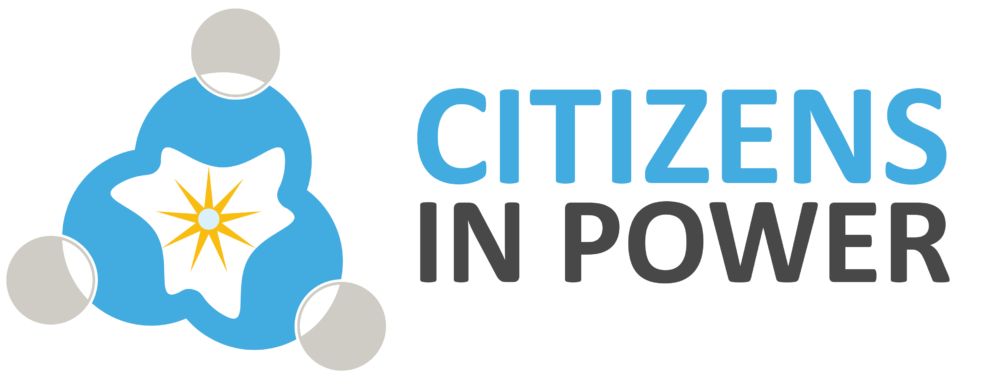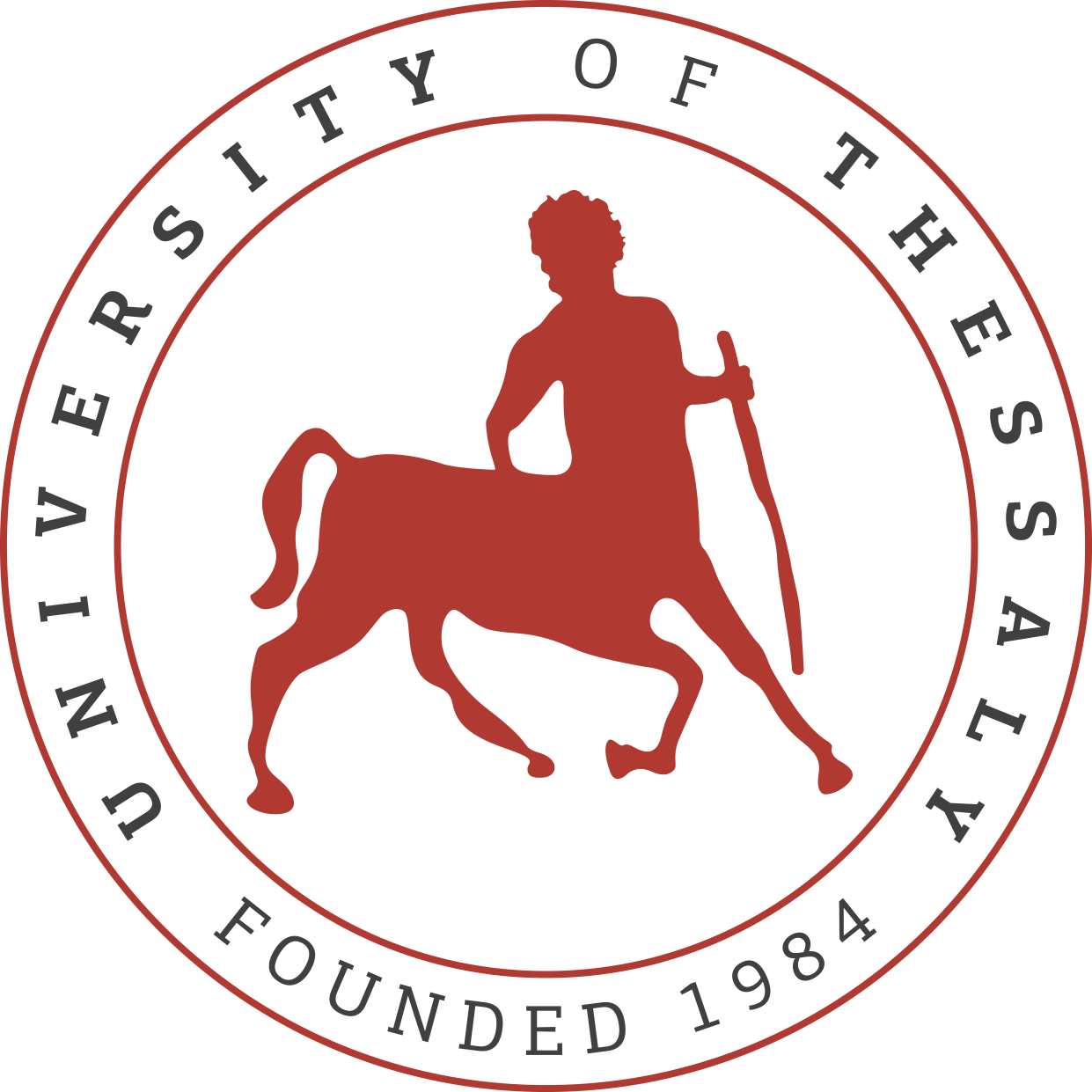Teaching the language of Maths
In Sweden it is not very unlikely that the same teacher teaches Swedish, English, Maths, Science, Social Studies and P.E. At primary. When the pupils are older (the dividing line is year 6 in some schools and year 7 in others), the teachers tend to become subject specific though, and combine two or sometimes three subjects. The combinations are often languages, Maths/Science or a vocational subject combined with one theoretical subject. It is rare to find a teacher at secondary level that combines language and Maths.
I was therefor reluctant to the idea of being able to contribute to anything in a project on Maths, even though it is a project where Maths are combined with arts. OK; the teaching of Maths could of course benefit from departing from arts, but what about the other way around? Are there any positive aspects in the language teaching? This text will try to argue that there are.

One of my favourite books is Alice’s adventures in Wonderland (Lewis Carroll). I have read it several times, read about it, seen various adaptations and often thought about using it in school. The problem has often been that I have not been able to decide how to use it. Either it tends to turn into a children’s book (meaning my 13 – 15-year-old pupils will think of it as too childish) or the questions I want to ask will concern philosophical matters that are too hard for the same age group to discuss in Swedish, let alone in English. The solution came to me when I talked about Alice with a Maths teacher and she made me understand the logic puzzles that can be found. Why not having the pupils to discuss adapted logics in relation to the book and also questions related to shrinking and expanding and scaling?
It turned out to become, not a success, but at least something different and in the end important. I learnt many things about my pupils, and they learnt many things about the language of Maths. I learnt that some pupils benefitted enormously from discussing matters where there is a clearly defined true or false. This is not always the case when you have conversation tasks in English, and you may think that this is a good thing for a pupil (“there is no right or wrong”), but just as much as you cannot be wrong, you can neither be right! My pupils also learnt that there are some words that cannot be replaced by (what appears to be) synonyms. “Total”, “All together”, “It all”? No, it is called “Sum”. This new insight actually resonates with research I have done myself about teaching conversation skills (Selin, 2014). To be able to learn to adapt your language to your interlocutor, it is decisive to design teaching where the conversation is aimed at understanding what s/he knows, not designing teaching where you are supposed to take on some kind of theatrical role and act.
So, the teaching of English was not only varied and made more exciting for some of the pupils because of the fact that it was combined with Maths. It was better.
Selin, P. (2014). Developing strategic competence in oral interaction in English as a foreign language. A classroom study. Gothenburg: Göteborgs universitet
available

This project has been funded with support from the European Commission. This website and all its contents reflect the views only of the author, and the Commission cannot be held responsible for any use which may be made of the information contained therein.
[Project number: 2018-1-SE01-KA201-039031]










